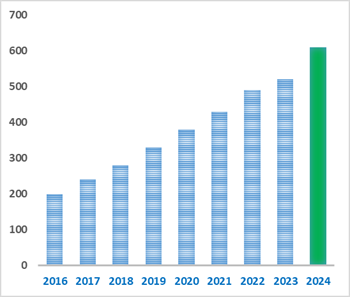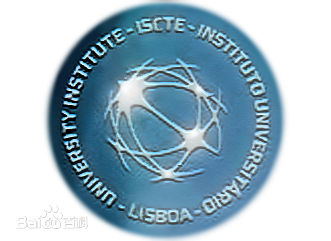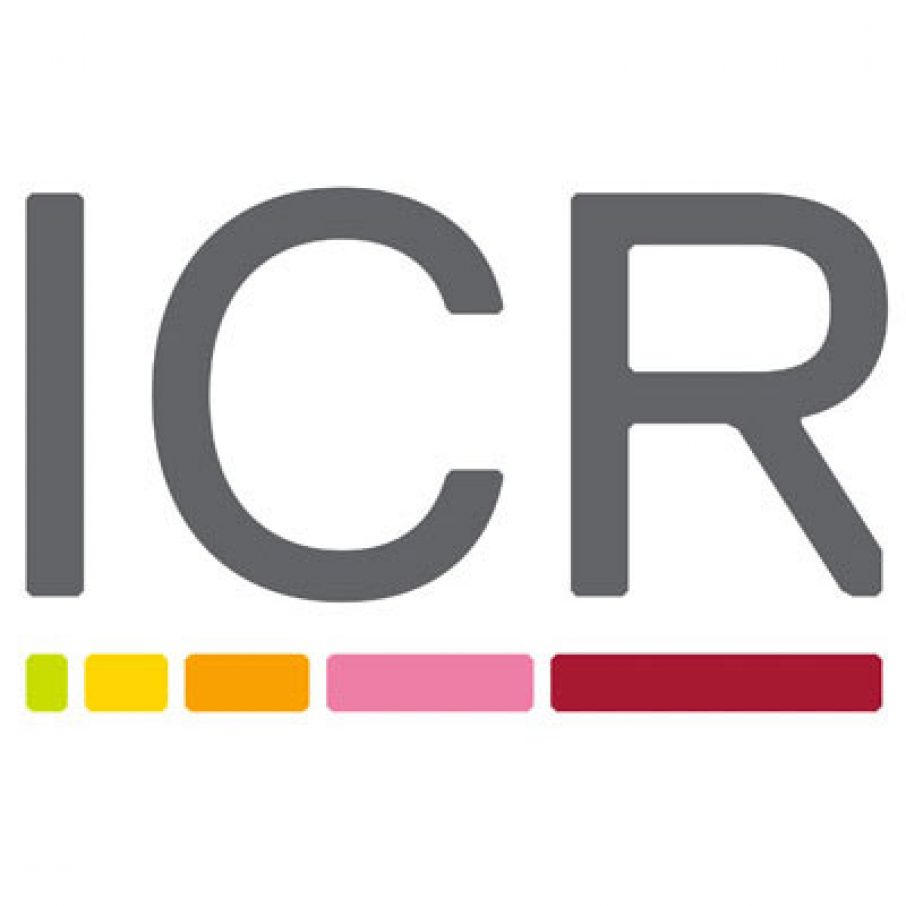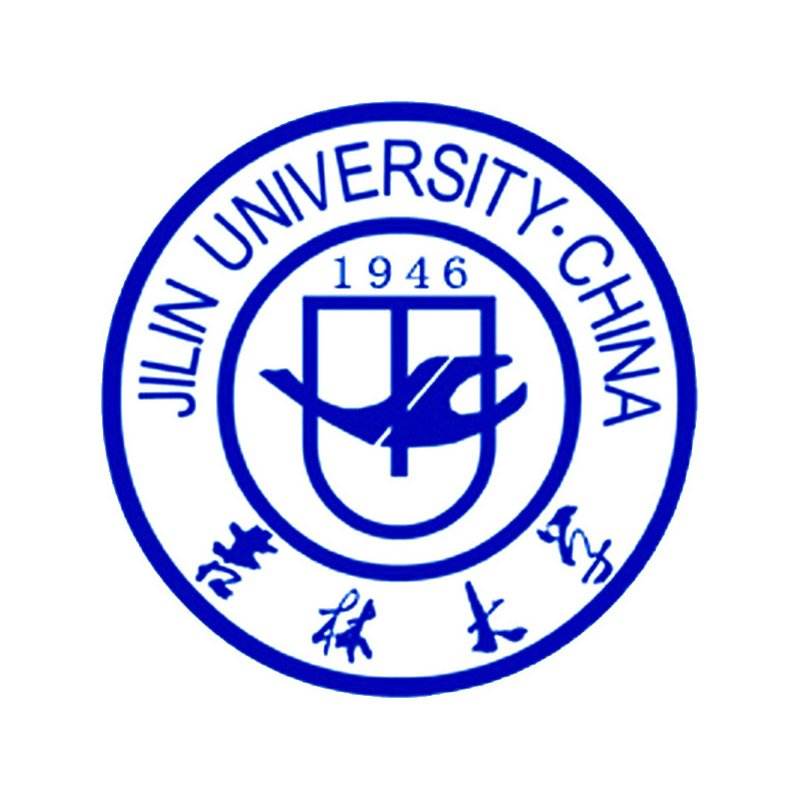Apigenin-7-diglucuronideCAS# 74696-01-8 |

Quality Control & MSDS
Package In Stock
Number of papers citing our products

| Cas No. | 74696-01-8 | SDF | Download SDF |
| PubChem ID | N/A | Appearance | Powder |
| Formula | C27H26O17 | M.Wt | 622.49 |
| Type of Compound | N/A | Storage | Desiccate at -20°C |
| Solubility | Soluble in Chloroform,Dichloromethane,Ethyl Acetate,DMSO,Acetone,etc. | ||
| General tips | For obtaining a higher solubility , please warm the tube at 37 ℃ and shake it in the ultrasonic bath for a while.Stock solution can be stored below -20℃ for several months. We recommend that you prepare and use the solution on the same day. However, if the test schedule requires, the stock solutions can be prepared in advance, and the stock solution must be sealed and stored below -20℃. In general, the stock solution can be kept for several months. Before use, we recommend that you leave the vial at room temperature for at least an hour before opening it. |
||
| About Packaging | 1. The packaging of the product may be reversed during transportation, cause the high purity compounds to adhere to the neck or cap of the vial.Take the vail out of its packaging and shake gently until the compounds fall to the bottom of the vial. 2. For liquid products, please centrifuge at 500xg to gather the liquid to the bottom of the vial. 3. Try to avoid loss or contamination during the experiment. |
||
| Shipping Condition | Packaging according to customer requirements(5mg, 10mg, 20mg and more). Ship via FedEx, DHL, UPS, EMS or other couriers with RT, or blue ice upon request. | ||

Apigenin-7-diglucuronide Dilution Calculator

Apigenin-7-diglucuronide Molarity Calculator
| 1 mg | 5 mg | 10 mg | 20 mg | 25 mg | |
| 1 mM | 1.6065 mL | 8.0323 mL | 16.0645 mL | 32.129 mL | 40.1613 mL |
| 5 mM | 0.3213 mL | 1.6065 mL | 3.2129 mL | 6.4258 mL | 8.0323 mL |
| 10 mM | 0.1606 mL | 0.8032 mL | 1.6065 mL | 3.2129 mL | 4.0161 mL |
| 50 mM | 0.0321 mL | 0.1606 mL | 0.3213 mL | 0.6426 mL | 0.8032 mL |
| 100 mM | 0.0161 mL | 0.0803 mL | 0.1606 mL | 0.3213 mL | 0.4016 mL |
| * Note: If you are in the process of experiment, it's necessary to make the dilution ratios of the samples. The dilution data above is only for reference. Normally, it's can get a better solubility within lower of Concentrations. | |||||

Calcutta University

University of Minnesota

University of Maryland School of Medicine

University of Illinois at Chicago

The Ohio State University

University of Zurich

Harvard University

Colorado State University

Auburn University

Yale University

Worcester Polytechnic Institute

Washington State University

Stanford University

University of Leipzig

Universidade da Beira Interior

The Institute of Cancer Research

Heidelberg University

University of Amsterdam

University of Auckland

TsingHua University

The University of Michigan

Miami University

DRURY University

Jilin University

Fudan University

Wuhan University

Sun Yat-sen University

Universite de Paris

Deemed University

Auckland University

The University of Tokyo

Korea University
- Safranal
Catalog No.:BCX0666
CAS No.:116-26-7
- N-benzylpentadecanamide
Catalog No.:BCX0665
CAS No.:1572037-13-8
- Isotoosendanin
Catalog No.:BCX0664
CAS No.:97871-44-8
- 6''-O-apiosyl-Visammioside
Catalog No.:BCX0663
CAS No.:2254096-97-2
- Ophiopogonside A
Catalog No.:BCX0662
CAS No.:2423917-90-0
- Azorubin
Catalog No.:BCX0661
CAS No.:3567-69-9
- Filbertone
Catalog No.:BCX0660
CAS No.:81925-81-7
- 6'-O-galloylalbiflorin
Catalog No.:BCX0659
CAS No.:929042-36-4
- 3-O-Coumaroylquinic acid
Catalog No.:BCX0658
CAS No.:87099-71-6
- Acid Red 73
Catalog No.:BCX0657
CAS No.:5413-75-2
- Glycyroside
Catalog No.:BCX0656
CAS No.:125310-04-5
- 4-O-galloylalbiflorin
Catalog No.:BCX0655
CAS No.:1201580-97-3
- Trans-Emodin bianthrone
Catalog No.:BCX0668
CAS No.:61281-20-7
- Bigelovin
Catalog No.:BCX0669
CAS No.:3668-14-2
- Ankaflavin
Catalog No.:BCX0670
CAS No.:50980-32-0
- Ergolide
Catalog No.:BCX0671
CAS No.:54999-07-4
- Sorbitol
Catalog No.:BCX0672
CAS No.:50-70-4
- Urolithin A
Catalog No.:BCX0673
CAS No.:1143-70-0
- 5,7-Dihydroxycoumarin
Catalog No.:BCX0674
CAS No.:2732-18-5
- Dendronobilin B
Catalog No.:BCX0675
CAS No.:1002717-96-5
- Polyporusterone A
Catalog No.:BCX0676
CAS No.:141360-88-5
- Cis-Emodin bianthrone
Catalog No.:BCX0677
CAS No.:61281-19-4
- Anhydrosafflor yellow B
Catalog No.:BCX0678
CAS No.:184840-84-4
- Emodin anthrone
Catalog No.:BCX0679
CAS No.:491-60-1
Apigenin-7-diglucuronide protects retinas against bright light-induced photoreceptor degeneration through the inhibition of retinal oxidative stress and inflammation.[Pubmed:28336272]
Brain Res. 2017 May 15;1663:141-150.
Vision impairment in retinal degenerative diseases such as age-related macular degeneration is primarily associated with photoreceptor degeneration, in which oxidative stress and inflammatory responses are mechanistically involved as central players. Therapies with photoreceptor protective properties remain to be developed. Apigenin-7-diglucuronide (A7DG), a flavonoid glycoside, is present in an assortment of medicinal plants with anti-inflammatory or ant-oxidant activities. However, the pharmacological significance of A7DG remains unknown in vivo. The current study isolated A7DG from Glechoma longituba (Nakai) Kuprian and investigated the retinal protective effect A7DG in mice characterized by bright light-induced photoreceptor degeneration. The results showed that A7DG treatment led to remarkable photoreceptor protection in bright light-exposed BALB/c mice. Moreover, A7DG treatment alleviated photoreceptor apoptosis, mitigated oxidative stress, suppressed reactive gliosis and microglial activation and attenuated the expression of proinflammatory genes in bright light-exposed retinas. The results demonstrated for the first time remarkable photoreceptor protective activities of A7DG in vivo. Inhibition of bright light-induced retinal oxidative stress and retinal inflammatory responses was associated with the retinal protection conferred by A7DG. The work here warrants further evaluation of A7DG as a pharmacological candidate for the treatment of vision-threatening retinal degenerative disorders. Moreover, given the general implication of oxidative stress and inflammation in the pathogenesis of neurodegeneration, A7DG could be further tested for the treatment of other neurodegenerative disorders.


